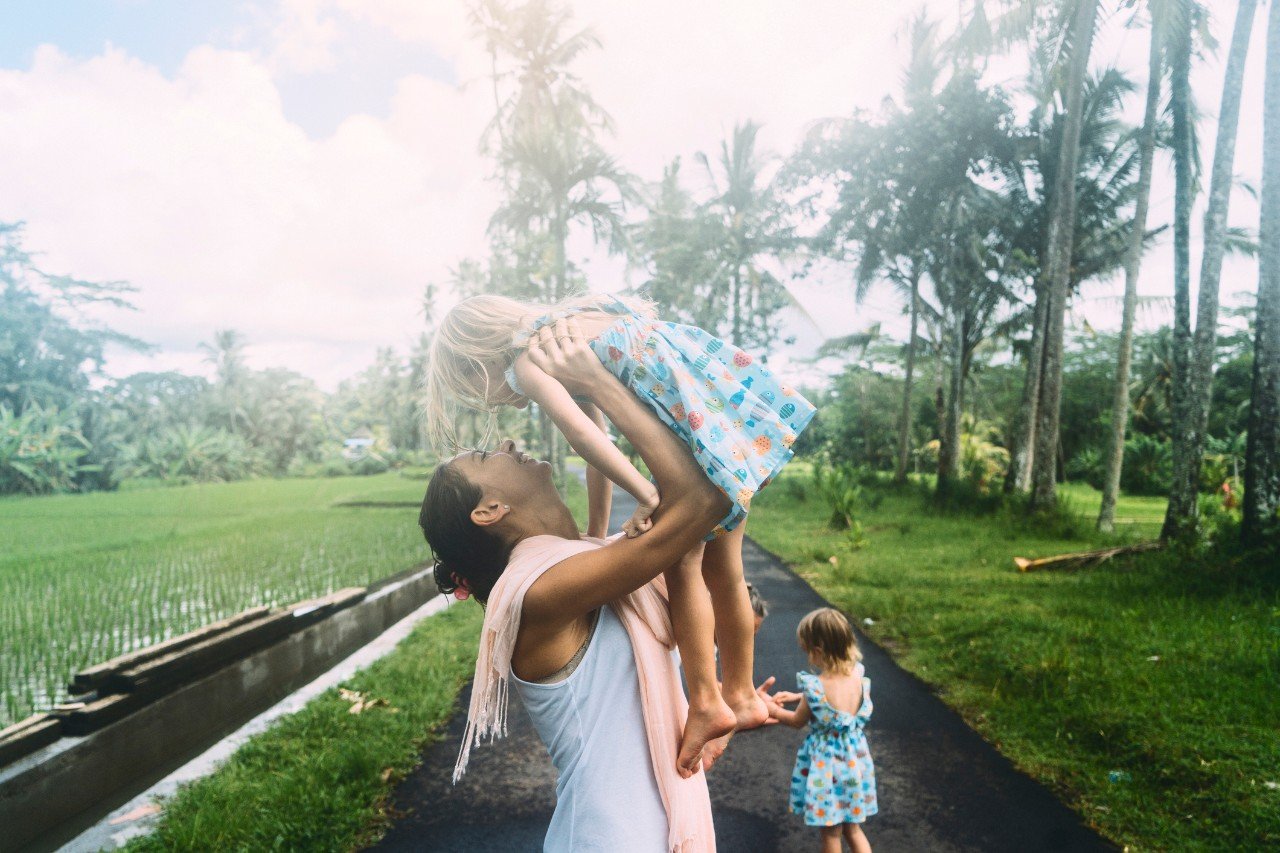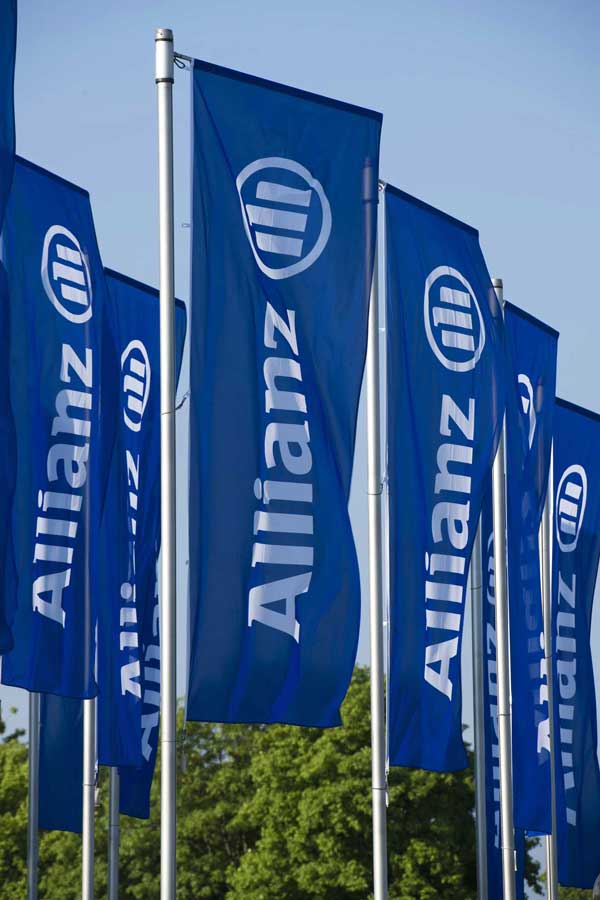As described by groundwater.org, a raingarden consists of native plants in a small depression, usually (but not always) formed on a natural slope.
A raingarden is a garden of native shrubs, perennials, and flowers planted in a small depression, which is generally formed on a natural slope. In a raingarden, soil is removed (anything from 6 to 12 inches worth) and replaced with substances like sand, compost or tillage to increase water infiltration.
A raingarden improves water quality by filtering pollutants, absorbs more floodwater than a traditional garden, and, as a home for wildflowers, is aesthetically pleasing.
Talk to your child about raingardens, whether it’s in your child’s school, your own garden, or that of a relative.














